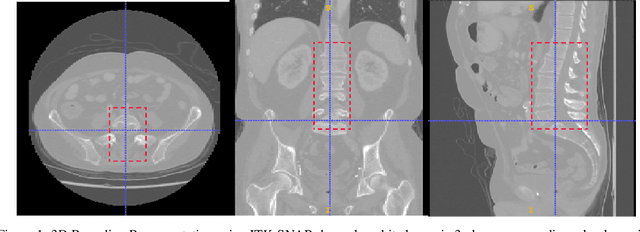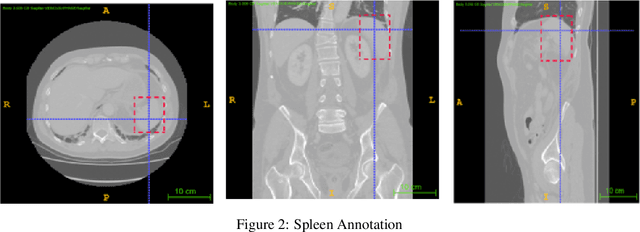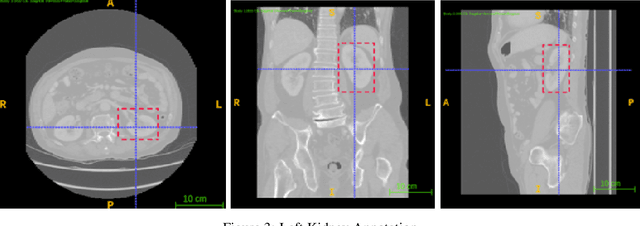Sankaran Iyer
Attention and Pooling based Sigmoid Colon Segmentation in 3D CT images
Sep 25, 2023



Abstract:Segmentation of the sigmoid colon is a crucial aspect of treating diverticulitis. It enables accurate identification and localisation of inflammation, which in turn helps healthcare professionals make informed decisions about the most appropriate treatment options. This research presents a novel deep learning architecture for segmenting the sigmoid colon from Computed Tomography (CT) images using a modified 3D U-Net architecture. Several variations of the 3D U-Net model with modified hyper-parameters were examined in this study. Pyramid pooling (PyP) and channel-spatial Squeeze and Excitation (csSE) were also used to improve the model performance. The networks were trained using manually annotated sigmoid colon. A five-fold cross-validation procedure was used on a test dataset to evaluate the network's performance. As indicated by the maximum Dice similarity coefficient (DSC) of 56.92+/-1.42%, the application of PyP and csSE techniques improves segmentation precision. We explored ensemble methods including averaging, weighted averaging, majority voting, and max ensemble. The results show that average and majority voting approaches with a threshold value of 0.5 and consistent weight distribution among the top three models produced comparable and optimal results with DSC of 88.11+/-3.52%. The results indicate that the application of a modified 3D U-Net architecture is effective for segmenting the sigmoid colon in Computed Tomography (CT) images. In addition, the study highlights the potential benefits of integrating ensemble methods to improve segmentation precision.
Organ localisation using supervised and semi supervised approaches combining reinforcement learning with imitation learning
Dec 06, 2021



Abstract:Computer aided diagnostics often requires analysis of a region of interest (ROI) within a radiology scan, and the ROI may be an organ or a suborgan. Although deep learning algorithms have the ability to outperform other methods, they rely on the availability of a large amount of annotated data. Motivated by the need to address this limitation, an approach to localisation and detection of multiple organs based on supervised and semi-supervised learning is presented here. It draws upon previous work by the authors on localising the thoracic and lumbar spine region in CT images. The method generates six bounding boxes of organs of interest, which are then fused to a single bounding box. The results of experiments on localisation of the Spleen, Left and Right Kidneys in CT Images using supervised and semi supervised learning (SSL) demonstrate the ability to address data limitations with a much smaller data set and fewer annotations, compared to other state-of-the-art methods. The SSL performance was evaluated using three different mixes of labelled and unlabelled data (i.e.30:70,35:65,40:60) for each of lumbar spine, spleen left and right kidneys respectively. The results indicate that SSL provides a workable alternative especially in medical imaging where it is difficult to obtain annotated data.
 Add to Chrome
Add to Chrome Add to Firefox
Add to Firefox Add to Edge
Add to Edge